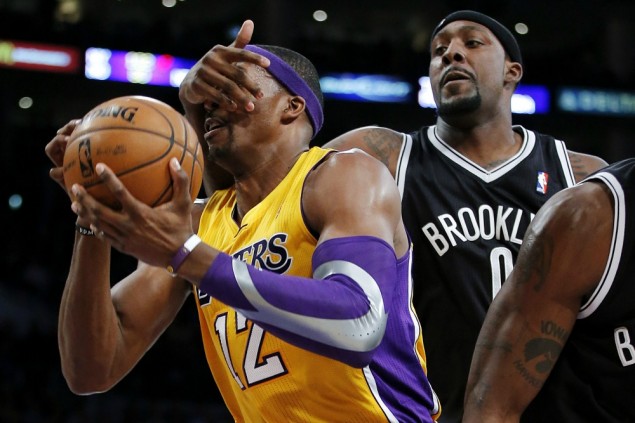
Are NBA Teams Undervalued After a Loss?
We are now almost a month into the 2012-13 NBA season, and already there have been a surplus of fascinating story lines. After a shockingly slow start, the revamped Lakers fired head coach Mike Brown after just five games and tabbed former Knicks and Suns front man Mike D’Antoni as their new coach. The Wizards — whose roster had been bolstered by the additions of Emeka Okafor, Nene, Trevor Ariza and rookie Bradley Beal — were supposed to challenge for a playoff spot in what was considered to be a weak Eastern Conference. Instead, they are winless at 0-11 while anxiously awaiting the return of PG John Wall.
While those story lines (along with the usual excessive coverage of the Heat) have dominated news outlets like ESPN, they are of little interest to NBA bettors. In fact, our contrarian strategy isn’t limited solely to betting against the public; it also includes fading the opinions of hype machines like the mothership. The media loves to over-publicize teams on a winning streak and vastly overreact to struggling teams, but does that create any value on the betting line?
Our hypothesis was that the media’s tendency to push the panic button and overreact to a loss would actually create value on team’s coming off a loss and guess what? We were right. This season, teams with a one-game losing streak have gone 52-40 against the spread (ATS) and that trend has long been documented.
Since 2007, teams coming off a straight up loss are 1417-1340 ATS, which only amounts to a gain of +12.35 units and a paltry 0.4% return on investment. However, using our BetLabs software, we were able to layer multiple filters to ascertain which situations are ideal for betting on teams who lost their last game.
As detailed in our 2012-13 NBA Betting Against the Public Preview, visitors are substantially undervalued, so we wanted to know if road teams coming off a single loss had any additional value. It turns out that since ’07, teams fitting that criteria have gone 736-667 for +38.5 units and a 3.7% ROI.
While this has been a historically profitable NBA betting system, many sports bettors would prefer not to bet a system that involves taking over 1,400 games. To filter this even further, we examined expected high-scoring games to see if road teams coming off a loss did any better when the total was over 200. The table below, using line data from Pinnacle, shows how the return on investment steadily rises as the total increases.
| Filter | Record | Units Earned | Return on Investment |
| Total of 200+ | 292-257 | +4.5 | 0.8% |
| Total of 210+ | 116-94 | +2.4 | 5.8% |
| Total of 215+ | 64-45 | +16.3 | 15% |
| Total of 220+ | 33-19 | +12.6 | 24.2% |
As you can see, the highest units earned comes when the road team, having lost their last game, has a total of over 215. However, although there are fewer results, the highest ROI comes when the total is at least 220. The one caveat is that there have only been 52 system matches since 2007, meaning that there is not often an opportunity to bet these games.
For anyone interested in creating their own data-driven betting systems, Sports Insights President Dan Fabrizio will be hosting a live webinar on Wednesday, November 28 at 1 pm ET, focusing on how to build sports betting systems.
If you’re interested in attending or would like access to a recording of the webinar, please click on this link to register.

No Comments